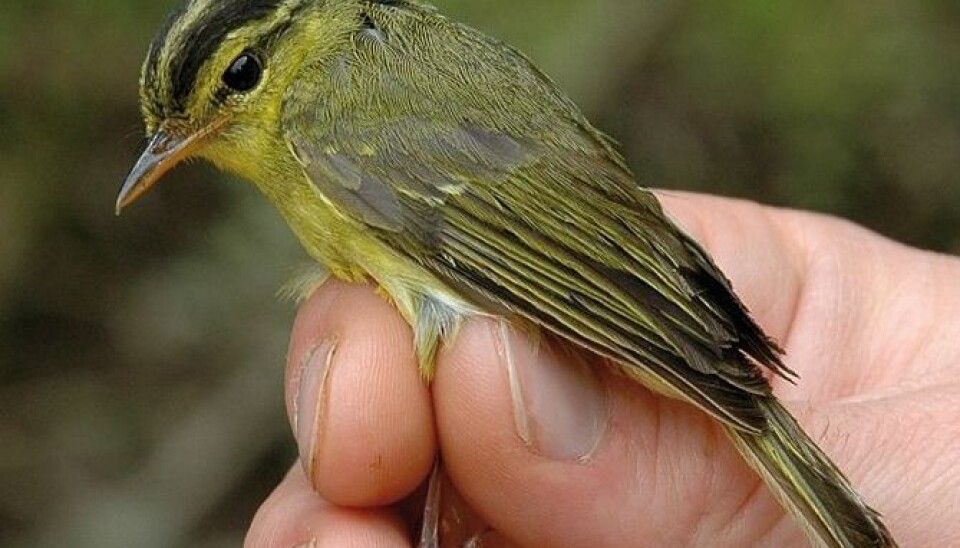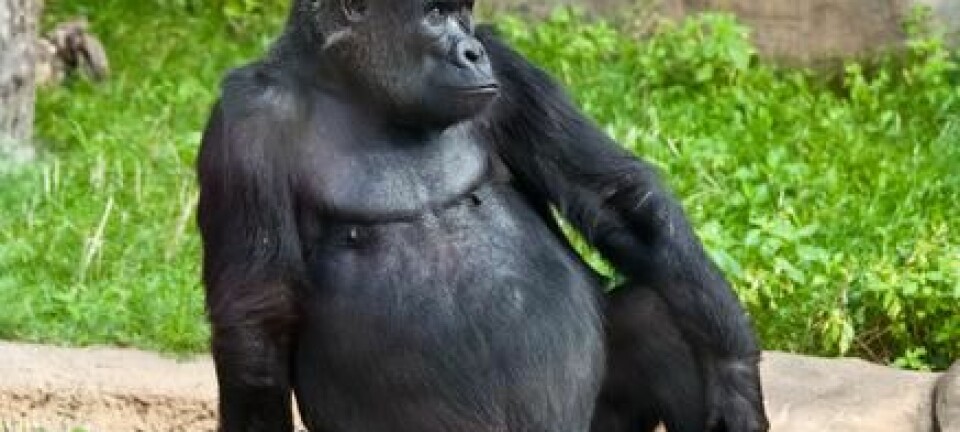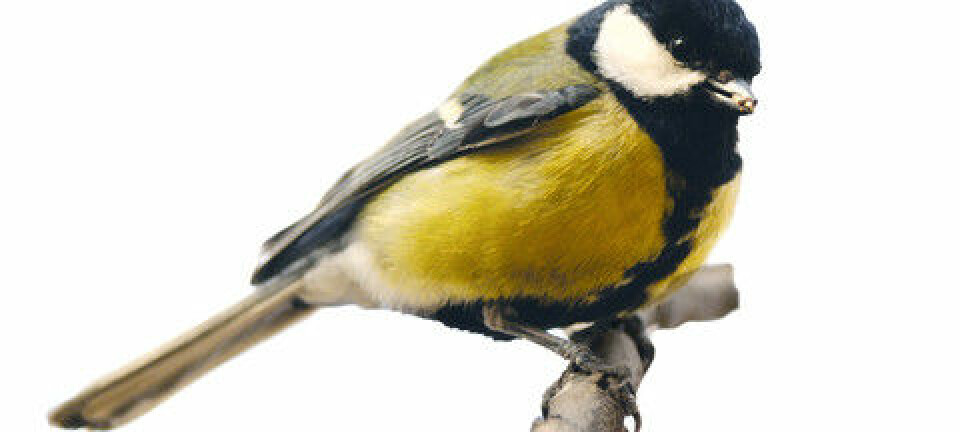
Evolution: giant leaps or half measures?
New statistical analyses suggest that evolution does not happen gradually through intermediary generations, but in a large single leap to new species.
New findings support a theory of ‘evolutionary leaps’ which disagrees with neo-Darwinism on how organisms adapt to their habitat.
Swedish researcher Folmer Bokma at Umeå University’s Department of Ecology and Environmental Sciences has analysed the relationship and evolutionary path between species.
Change from one generation to the next
Instead of the traditional view of evolutionary adaptation - whereby a species gradually adapt through genetic mutations over a number of generations - proponents of so-called ‘punctuated equilibrium’ argue that evolution consists of long periods without change, broken by sudden, dramatic change which can happen from one generation to the next.
This theory originated among paleontologists who were puzzled by the lack of ‘intermediary’ fossils between one species and another.
Admittedly, it is notoriously difficult to conclusively identify species based on fossil specimens.
Reconstructing the evolutionary path
“I have developed algorithms to identify leap evolutionary traits from contemporary species in groups of species which do not leave fossils,” explains Bokma.
The statistical analysis is based on using DNA to establish the kinship between species and map out a ‘family tree’.
With this as the starting point, statistical techniques can then reconstruct the evolutionary pathway of for instance body size between the species.
Traits not reacting to the environment
In his research, Folmer Bokma analysed different animal species and their traits - including the body sizes of birds and mammals.
His findings indicate that changes in the environment paradoxically could result in a species going extinct, despite containing the necessary genetic variation to adapt.
The reason for this, Bokma suggests, is that many traits first and foremost are keyed towards other traits within the species, rather than reacting to the environment.
“Proteins in polar bears are not adapted to the arctic temperatures, but to the body temperature of 37 degrees Celsius. Polar bears have the same body temperature as camels in the desert, despite the vast difference in habitat,” he points out.
Trait complex
Biological organisms are constantly under selection to improve their efficiency, commonly leading to an improved and more complex organisation of the body.
But the flipside is that this same complexity could make it harder to adapt to a changing environment.
“Adapting body temperature entails a number of genetic changes occurring at the same time, altering all proteins in the ‘right direction’ – which is highly unlikely. So rather than adapting their body temperature, all mammals including polar bears and camels retain the same body temperature,” says Bokma.
“Evolution is limited to alter traits that are independent of these mutually interacting ‘trait complexes’. So instead, the polar bear developed thick white fur, providing the necessary insulation for a fixed body temperature.”
When universities adapt
This principle of complex systems could also apply outside biological evolution, Bokma speculates.
One example might be universities finding it difficult to adapt to a changing society, due to complex and rigid regulations - which makes it difficult to change some ways of doing things without rewriting large parts of their regulatory framework.
Scientific links
- Mass extinctions do not explain skew in interspecific body size distributions Journal of Zoological Systematics and Evolutionary Research, 51(1): 13-18 (abstract)
- Estimating Speciation and Extinction Rates for Phylogenies of Higher Taxa Systematic Biology, 62(2): 220-230 (abstract)








